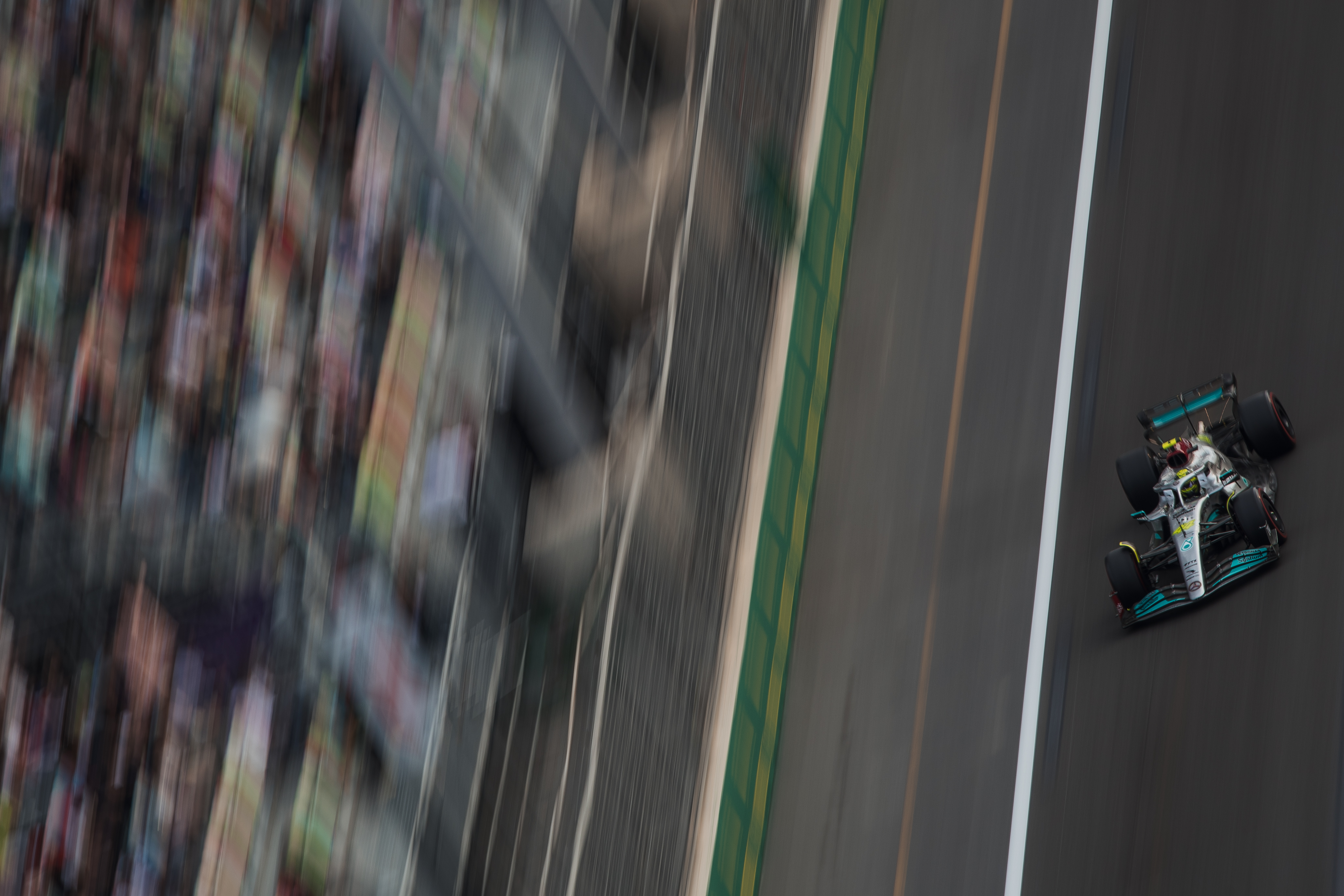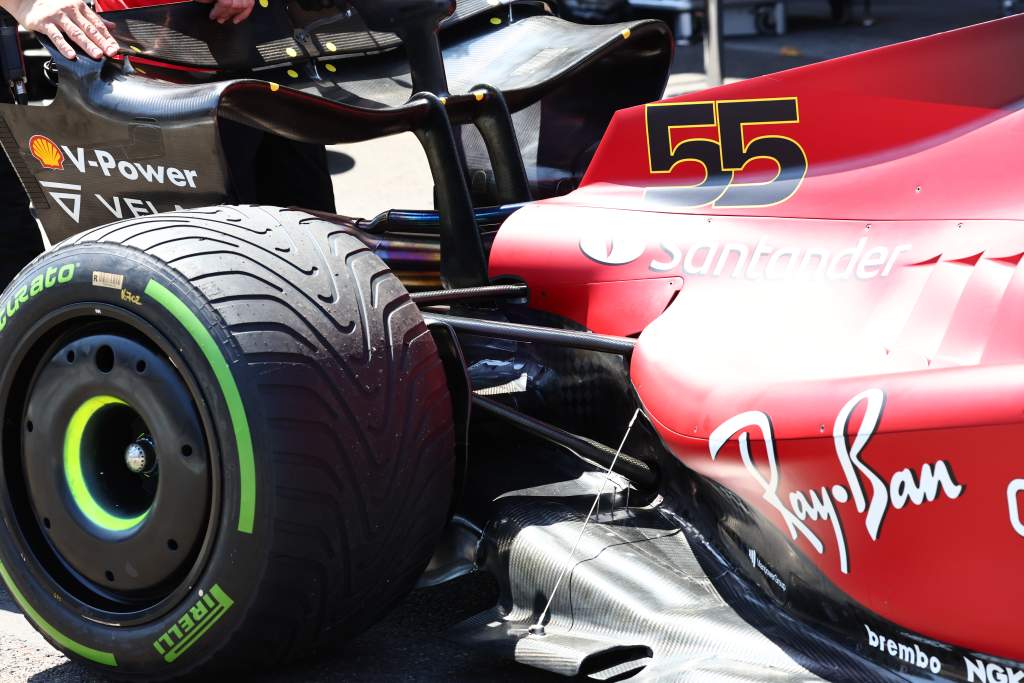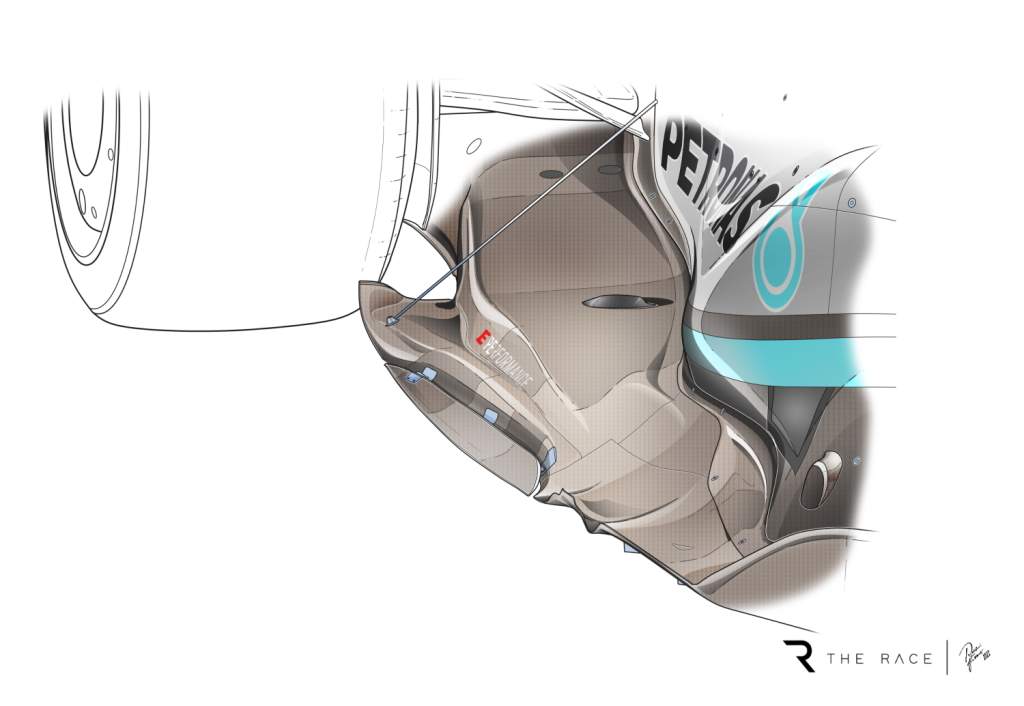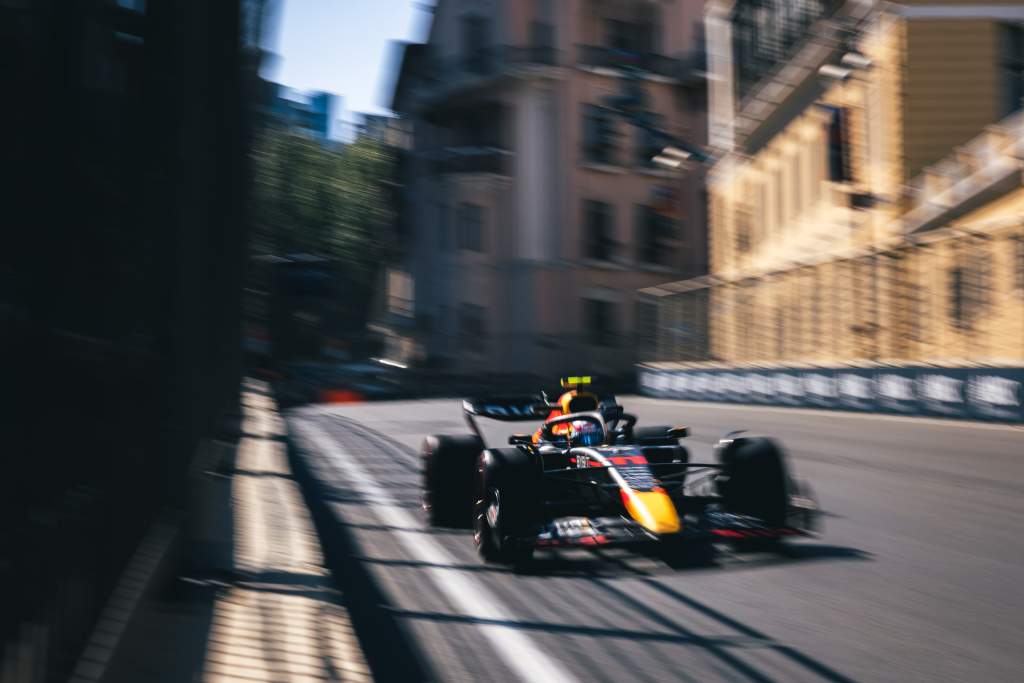Up Next

Some Formula 1 drivers are pushing to adjust the technical rules to alleviate the bottoming out problems that make the new cars uncomfortable to drive, though – as usual in F1 – there’s an impasse as some teams are resisting it.
Mercedes’ George Russell has been one of the most vocal about the problem all year, and on Friday in Baku he raised the prospect of rule changes in a Sky interview, saying: “I don’t think it’s right to be able to run like this for the next four years or whatever we’ve got. Conversations are going to be needed because everybody’s in the same boat, really.”
He’s right that there should be conversations and I can sympathise with the drivers. It must be a real rodeo ride for them and with the car banging into the ground, they will get a violent shock to the spine, not to mention the blurred vision.
But these conversations should happen with the drivers’ own teams rather than the rulemakers.
When I was at the first pre-season test at Barcelona we had a rule presentation put to us by F1 and the FIA. I suggested that they might have to intervene regarding the porpoising situation – that to reduce the risk of failures it might be the easiest solution if the rules were changed slightly. They quickly responded that no, it would be down to the teams to find the solution.
The problems of porpoising and bouncing with ground-effect cars running at low ride height have been known about for decades. It’s down to the teams to control and set their cars up so they don’t shake the drivers to pieces.
Porpoising and bouncing has been the talk of the town since the Barcelona test and it’s no surprise it has reared its ugly head in Baku. Long bumpy straights are the catalyst to inducing this problem.

For some, like Mercedes, it’s at a level where the drivers are starting to struggle physically. For others, like Ferrari, it is manageable – just – whereas Red Bull doesn’t appear to have much of it at all. It might just be around the corner but Red Bull seems to be able to handle it for now at least.
For all the others, it comes and goes depending on what amount of underbody downforce teams are willing to give up with the rear ride height they chose to run their car at.
So why these differences? Given there’s now talk of rule changes – and a row over it – the fact that some cars bounce more than others is going to be critical to what happens next, and any fallout. Focusing on the top three teams that should be fighting for wins, let’s take a look at Red Bull, Ferrari and Mercedes.
Before we get into detail, it’s important to realise that porpoising doesn’t simply come from the diffuser upper surface suffering airflow separation, or stalling as it is called. It is from the outer sides of the floor, which are sealing the underfloor as the old sliding skirts used to do moving relative to the ground.
So from about halfway along the sidepod going towards the rear wheel, the detail is critical to the low ride height performance of the underfloor and diffuser.
If you have a simple flat-foot sealing area on this section of the floor, the sensitivity to the ground is horrendous. From 10mm away from the ground compared to 5mm away from the ground, the underbody downforce probably doubles.
From 5mm from the ground to touching, the underbody downforce probably quadruples. This means to get the best out of it, you need to get the car as low as possible and that is true of any of the current cars.
However, it’s all a compromise because you always have to pay a price. Mercedes has long said that if it can unlock the good and get rid of the bad then it could have the best car on the grid. Unfortunately, it isn’t always that simple when you are forced make a compromise.
The detail of the Red Bull is such that it manages the airflow in the underfloor, especially in the critical areas where separation is anticipated when the sides of the floor get close to the ground.

Local airflow accelerations are potentially going to lead to problems, so if you can detect where these are and reduce such local flow accelerations you will reduce the risk of flow separation – and with that, porpoising. This allows you to run the car lower and reap the benefits of that extra downforce from lower ride height, especially in the slower corners without paying too big a price in the fast corners where the car is more or less on the ground.
Suspension-wise, Red Bull probably has the most control over force-induced ride height changes under braking and acceleration. Also, its ride control is second-to-none, so both these allow the car’s ride height to be optimised relative to the load it can generate.
Ferrari doesn’t do as much with its floor side foot area, but it does play around with a slotted longitudinal wing section against a non-slotted version. That’s its compromise.
Its car also has a tunnel in the foot area just in front of the rear tyre similar to Red Bull. The underfloor is more conventional in that it’s what you would expect – a fairly simple expanding tunnel.

Ferrari has been making some detail changes where the underfloor sweeps into the diffuser, so reducing the risk of separation in that area. As we have seen, it has quite violent low-frequency porpoising, but the drivers seem to cope with it, or at least Charles Leclerc can.
By contrast, Mercedes is suffering from it violently enough to compromise its performance.
The detail on the floor foot area is fairly basic. At Barcelona, it seemed that Mercedes had got a handle on it, but in Monaco it reared its ugly head in terms of the car bouncing, which surprised the team as much as me.

Normally, in Monaco, you need to run the car higher simply to avoid bottoming out over the changes in the road surface. But the car looked very similar to other tracks so in reality it was just really bad on the bumps.
I thought Mercedes would have learned a lesson from that and reacted to it for Baku, but that doesn’t appear to have happened.
So in Baku, as in Monaco, Mercedes is suffering from very poor ride control. Over the bumps on the straight the car is moving between 10mm and probably even as low as zero ground clearance simply because it doesn’t ride the bumps well.
On top of that simple suspension and tyre bouncing, Mercedes has the porpoising related to that change of underbody downforce load created by the ride height change, so the combined vertical movement simply escalates into major car movement, which simply isn’t controlled as it should be.
I’m surprised that we are at the eighth race of the season and haven’t seen any progress from Mercedes.
But then who am I to suggest that after winning eight constructors’ championships it’s a bit lost?
To me, it’s not all aerodynamic and Mercedes needs to get on top of its ride control to make sure the car is running at the ride height it is intended to. After that it can refine its aerodynamic problems and just perhaps it can then get the good out of its package – that is, if there is any good left in it by that time.




